Flying
introduction
The "flying" exercise in strength training helps develop the chest muscles. In the style of the butterfly, the movement is carried out lying down, so that the spine rests securely on a bench and prevents problems in the back area. Since this exercise is done exclusively with dumbbells, it requires a high degree of movement coordination and certain training experience. The flyers training exercise is used to define the chest muscles.
Trained muscles
- pectoralis major (M. pectoralis mayor)
- Deltoid (M. deltoideus)
Figure chest muscles

Chest muscles
- Pectoralis major
(Collarbone - proportion) -
Muscle pectoralis major,
Pars clavicularis - Pectoralis major
(Sternum - ribs - area) -
Muscle pectoralis major,
Pars sternocostalis - Pectoralis major
(Abdominal area) -
Muscle pectoralis major,
Pars abdominalis - Anterior saw muscle -
Muscle serratus anterior - Raven beak
Upper arm muscle
(second layer) -
Muscle coracobrachialis - Sternum muscle (often absent) -
Sternalis muscle - Small pectoral muscle
(second layer) -
Muscle pectoralis minor - Broad back muscle -
Latissimus dorsi muscle - Raven beak process -
Coracoid process - Collarbone -
Clavicle - Sternum - sternum
- Deltoid -
Muscle deltoideus - Fat and connective tissue,
as well as glandular lobes -
Glandula mammaria
You can find an overview of all Dr-Gumpert images at: medical illustrations
description
In the initial situation of the flyer, the athlete lies on a bench with his legs bent. The back of the head lies flat on the bench. The dumbbells are held in front of the body with straight arms. In the execution of the movement, the extended arms are led downwards to the sides, but not further than body height. The training weight and the number of repetitions depend on the training status and the training goal.
Modifications
In order to prevent the risk of shoulder injuries, the flies can be completed on the cable pulley. An expander can be used to achieve a continuous increase in resistance. The movement execution, however, remains the same.

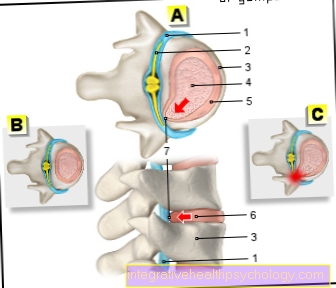




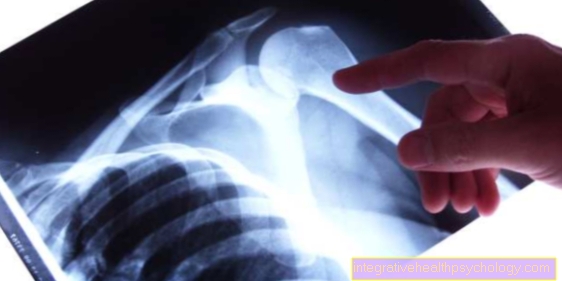

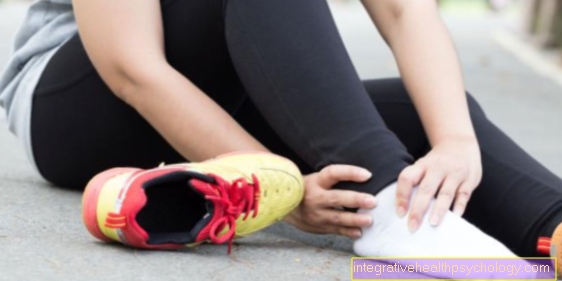


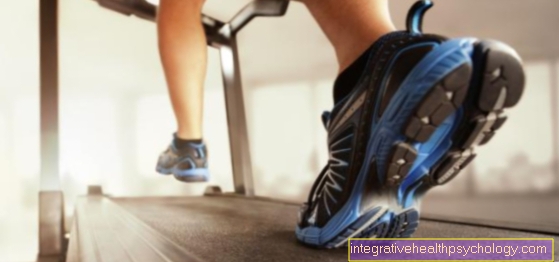
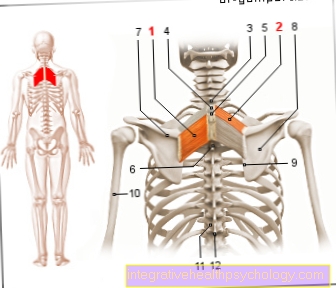















.jpg)
